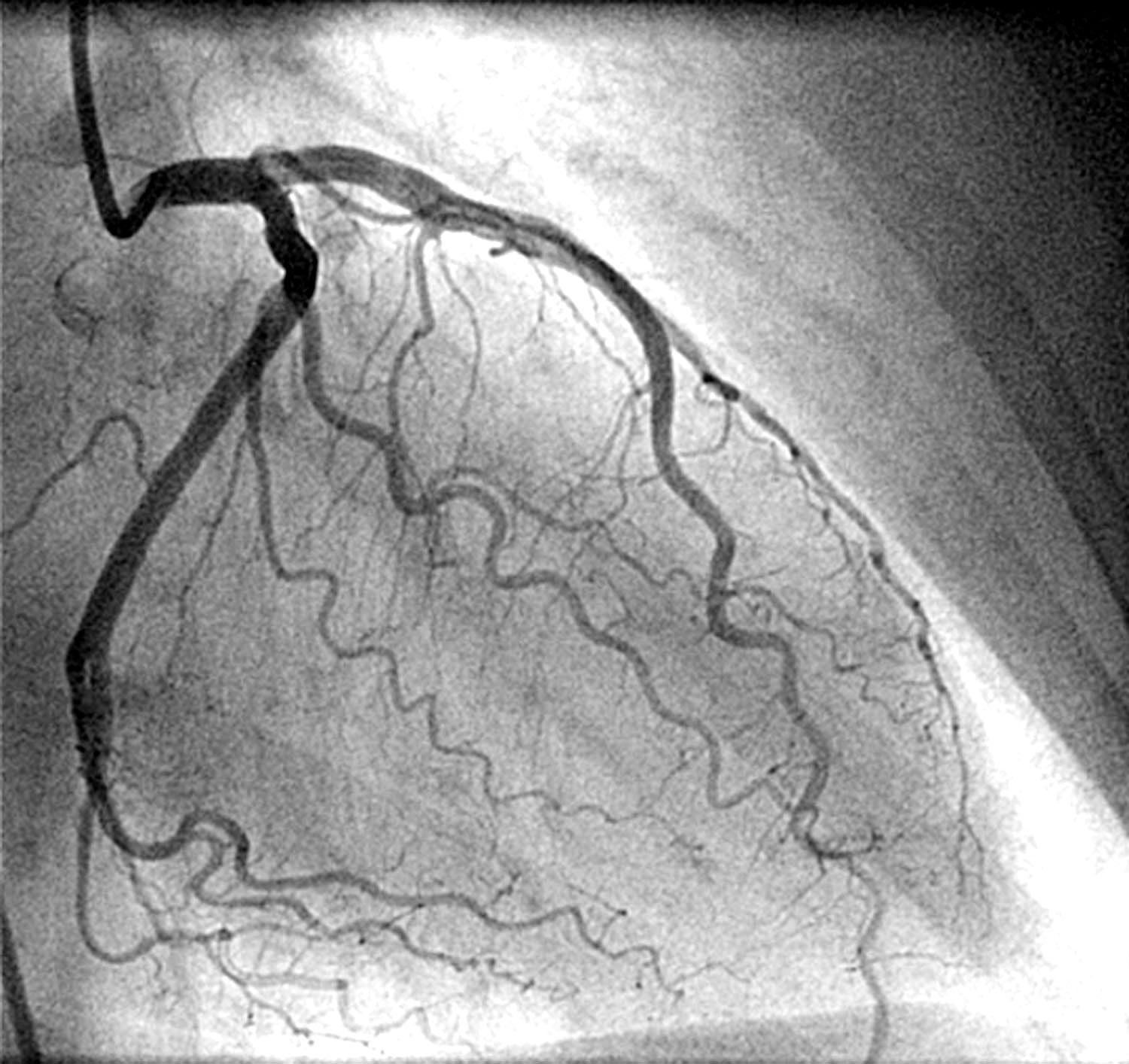Coronary Angiogram
Coronary angiogram is a test used to look at the arteries that supply your heart with blood and oxygen, Known as Coronary arteries. The test will determine if there is any narrowing with the artery, compromising blood flow to your heart.
This test uses a contrast medium which shows up during X-ray.
What happens in catheter Lab:
The test usually takes 30 minutes to an hour to complete and is carried out in a cardiac catheterisation laboratory (cath lab). We will inject a local anaesthetic into your groin or wrist and you should not feel any pain.
If you feel anxious about this, you can have a sedative to help you relax.
During the procedure a small cut is then made in the groin or wrist and the catheter is inserted into the blood vessel and directed to the heart using moving X-ray images as a guide.
Once the catheter reaches the heart, a special dye is injected through the catheter. The dye shows up any narrowed areas or blockages in your arteries on the X-ray. The dye injection may cause you to feel a hot flushing sensation for a few seconds. You may feel an occasional missed or extra heart beat, but it should not cause you to feel any pain.
We will take a few X-ray images and your cardiologist may ask you to take a few deep breaths and then to hold your breath. If you sometimes get angina, you may experience chest pain during the test, but it should not be worse than normal.
During the test, we will use a heart monitor to check your heart rate and rhythm. Please let either the doctor or nurse know if you have new pain or other symptoms, such as shortness of breath.
When we have finished taking the X-ray images, we will carefully remove the catheter and apply firm pressure to stop any bleeding in your groin or wrist.
Sometimes a small plug, called an angioseal, is used to stop any bleeding and speed up your recovery.
Risk:
All medical procedures carry some risks and your cardiologist would not recommend any procedure which the risks outweigh the benefits.
Angiogram is relatively safe procedure and serious complications are rare. The overall risk of any serious complication is less than 1 in 1000.








